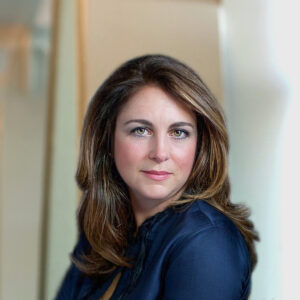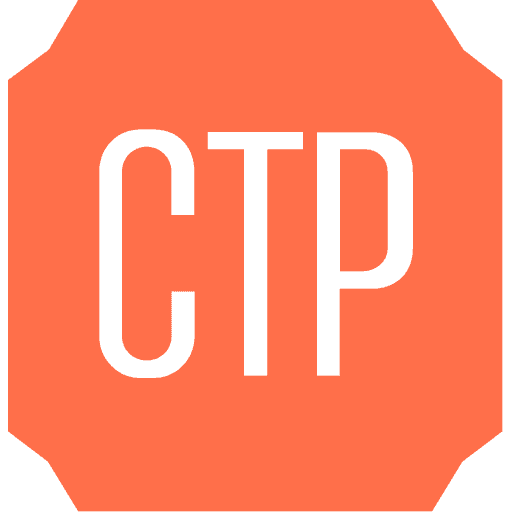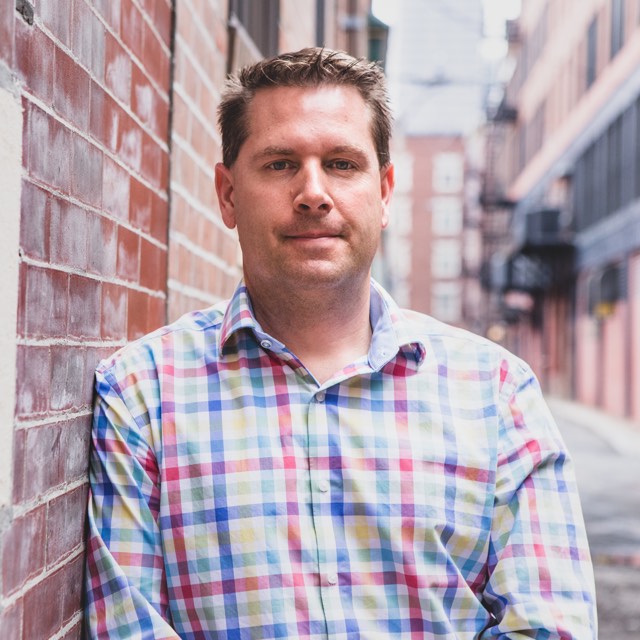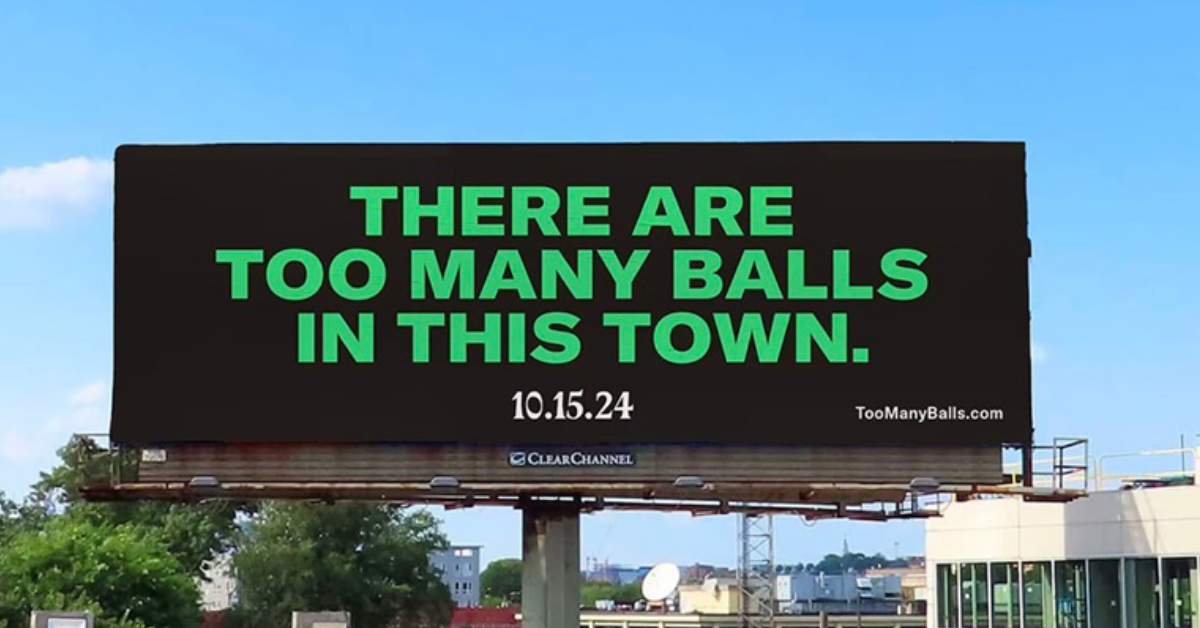Our series of Q&As with marketing communications leaders continues with a discussion about rebranding, in particular for an iconic, New England institution. Chief Marketing Officer Tina Cassidy led such an initiative recently for GBH, and she shares some background on the thinking, the strategy and the process of a major initiative, which includes some insights and lessons for any marketer.
You had only been at GBH for about a year or so, making changes to something people had followed for decades. On a personal level, what were pressures, concerns, other feelings in stewarding this through?

Tina Cassidy
I grew up watching “Channel 2.” Its programs, from Mr. Rogers to Zoom, nature shows and news, were foundational to my upbringing in New England. The WGBH brand was iconic on a personal level to me and so I understood the emotional attachment that our audience has to our call letters. However, in my early months as chief marketing officer at WGBH, it was clear to me that the organization was so much more than a local broadcaster. As the largest producer of content for PBS, a partner to NPR and PRX, and at a time when half of our media impressions were digital, having a name consisting of traditional broadcast call letters was a vestige of the past, not reflective of the present and certainly not the future. Our brand refresh better reflects who we are and what we do in the streaming era.
How has it been received? Have there been any bumps along the way, and how did you manage them?
The rebrand aligns with a larger strategic planning process internally and in many ways has helped employees embrace the rationale and messaging behind it. Externally, we’ve received rave reviews and, as is to be expected with any change, some feedback that the old logo was fine the way it was. One additional aspect of the brand refresh that was important is that it transformed our blue horizontal logo into one that is more a vibrant shade of purple and square which allows it to function better in terms of visibility and fit in digital environments.
It can be a long, challenging, timely process to revamp a brand. What would you suggest to someone else who’s considering it?
The first step is to do your research and be able to clearly articulate the strategy behind it. We created a highly inclusive process internally to ensure we brought key stakeholders along. We also created an internal group that had representatives from every department so that they could be brand ambassadors and help implement the changes. Having those closest to the brand applications involved in the process was a huge help. I should add that we did all of this execution remotely during COVID and having collaborative tech platforms helped immensely.
You’re on the front lines of an industry still in the midst of massive upheaval. What are your expectations of the media landscape over the next 3-5 years?
It is an exciting time in media, and especially so at a pioneering organization such as GBH, which invented such things as DIY TV category and Closed Captioning. We were even the first to broadcast tennis. Today, change is happening faster than ever. While platforms and consumption habits will continue to evolve, our job is to center the audience and ensure they have access to quality media and educational material that is meaningful, relatable, representative and free.





